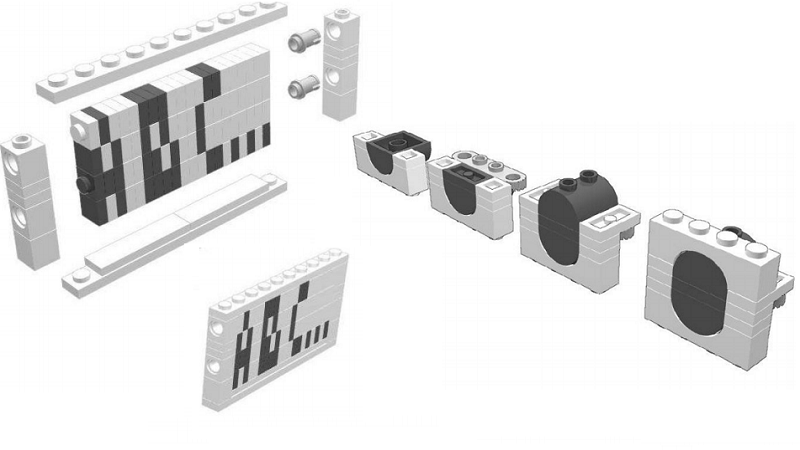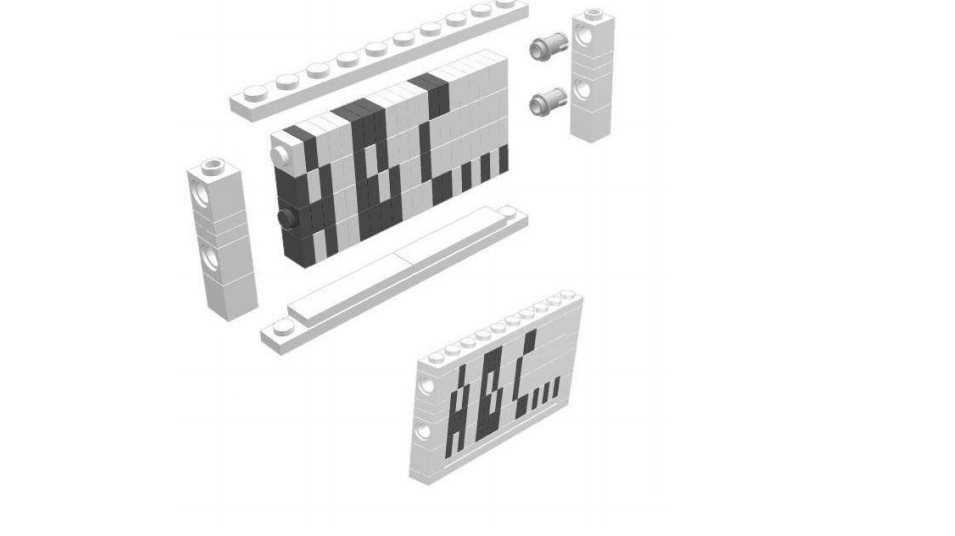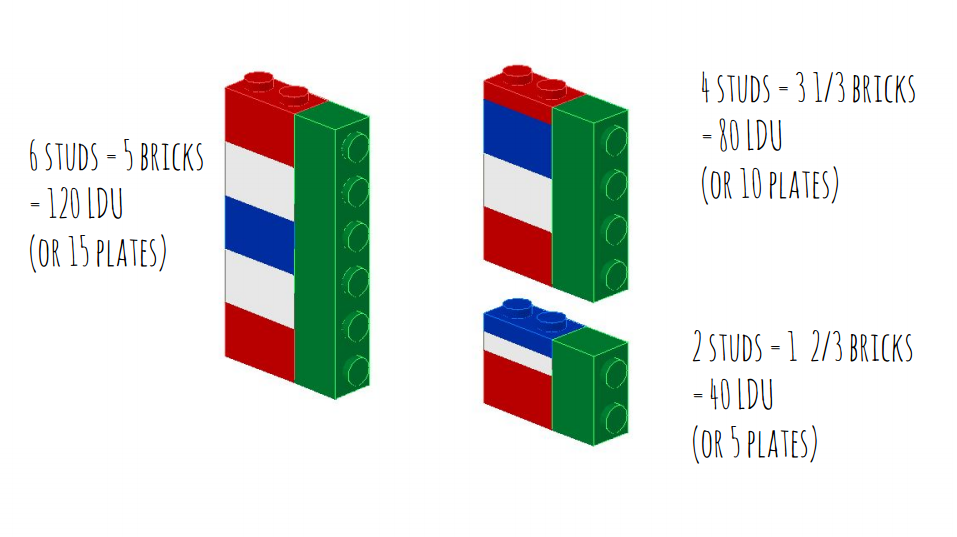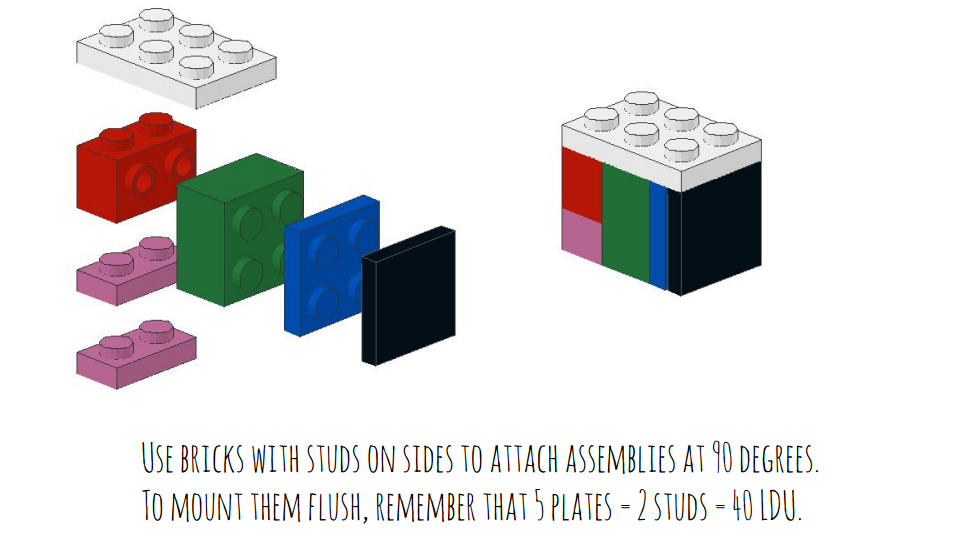It’s no secret that LEGO is probably the most finely engineered toy in the world, but it’s not exactly clear until you look at specific examples to see the forethought and minutia which is put into every piece.
Thankfully, Tony Graham has done that for us in a presentation focusing on the geometry in LEGO.
He created this for a meeting of zaLUG – the South African LEGO Users Group – where South African fans of the brick got together to speak about everything plastic and interlocking.
You can view the full presentation right here as a PDF, and we’ve put some example slides below so you can see what it’s about. From using bricks to create letters to measuring in a new kind of unit, it’s a really cool read.
One great example that many people outside of LEGO communities may not know about is SNOT – an acronym standing for “studs not on top”. Traditionally, sets from the company focusing on layering bricks with studs on the top which lock into so-called “anti-studs” on the bottom of the next brick. SNOT focuses on using techniques to put the studs on the bottom and the sides.
The company themselves has adopted this, as we’ve noticed more specialised bracket pieces popping up in recent sets, but that’s purely anecdotal evidence on our part.
Finally, Graham spoke to use about why he made this project:
LEGO has always been an amazing toy, for not only children, but adults too. Especially when you consider just the amount of engineering, design and thought that LEGO puts into each Brick. I cobbled together a brief presentation, based on previous presentations I’ve seen to show exactly how interesting you can make LEGO look, just with a little thought, and maths.




